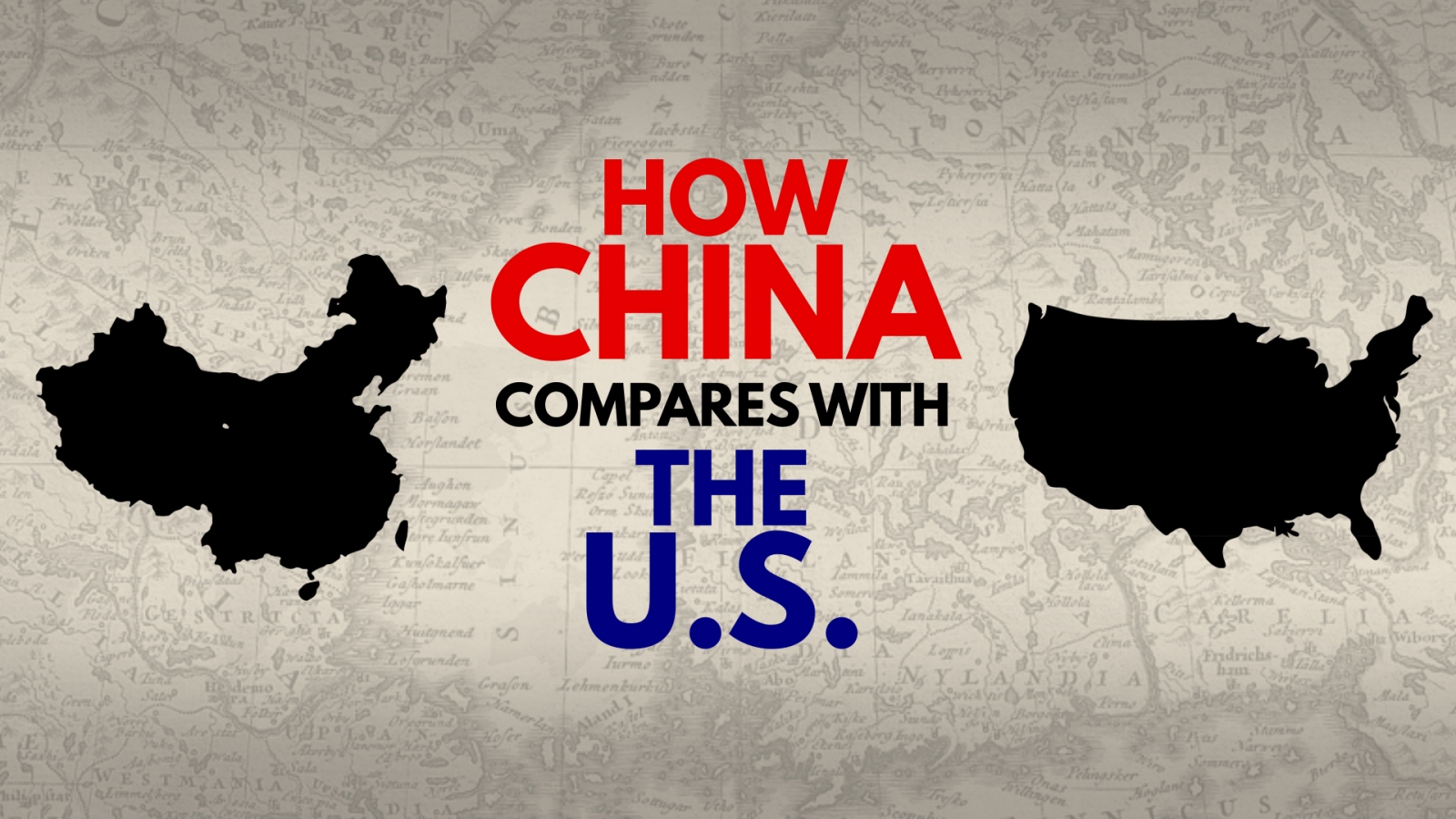American consumers were feeling more confident in April, rebounding to a level close to the 18-year high it had reached two months ago.
The Conference Board said Tuesday that its confidence index rose to 128.7 in April, up from a March level of 127.0. The March level was just below the 130.0 hit in February, which had been the highest since November 2000.
The business research group's index measures consumers' assessment of current conditions and their outlook for the next six months. Conference Board economist Lynn Franco said the strength in the confidence survey suggest that the economy will continue to expand at a solid pace in the months ahead.
Consumers' assessment of current economic conditions improved somewhat, with consumers rating both business and labor market conditions favourably.
Analysts said the strength in confidence reflects a strong labor market with unemployment at a 17-year low, as well as the impact of the $1.5 trillion in tax cuts approved in December, which began showing up in workers' paychecks earlier this year.
Analysts said that confidence was also helped by less stock market volatility in recent weeks and a lessening of worries about a full-blown trade war erupting in response to the Trump administration's tougher policies.
But some analysts said the high confidence levels may be over-stating the potential for consumer spending growth in coming months.
"The sluggishness of real income growth, even after the tax cuts, means that spending cannot rise as fast as the surveys appear to imply," said Ian Shepherdson, chief economist at Pantheon Economics.
Meanwhile, sales of new U.S. homes jumped 4 percent in March, propelled by a surge of buying in the West.
The Commerce Department said Tuesday that sales last month were at a seasonally adjusted annual rate of 694,000. The two prior months had their sales revised upward with the annual rate being 667,000 in February and 644,000 in January. For the first three months of 2018, sales are running 10.3 percent higher than a year ago.
Homebuyers are snapping up newly built houses as the economic outlook has continued to improve in recent months. Nor have the gains been derailed so far by 30-year mortgage rates climbing to their highest averages since early 2014.
Still, the solid sales growth for new homes also shows that many would-be buyers can't find existing homes that are available to purchase. Listings for existing homes sank to the lowest levels on record for March, the National Association of Realtors reported on Monday.
New homes tend to cost more than older properties. The median sales price of a new home rose 4.8 percent from a year ago to $337,200, a nearly $87,000 premium on the median cost of an existing home.
Prices for a new home are increasingly concentrated at higher price points. In 2016, 53 percent of new homes cost more than $300,000. That figure climbed to 60 percent for new homes sold in March.
The March increase was driven almost entirely by a 28.3 percent leap in sales in the West. New-home purchases rose slightly in the South, fell in the Midwest and plunged in the Northeast. The new home sales report can be volatile on a monthly basis, causing the numbers to be revised later.


